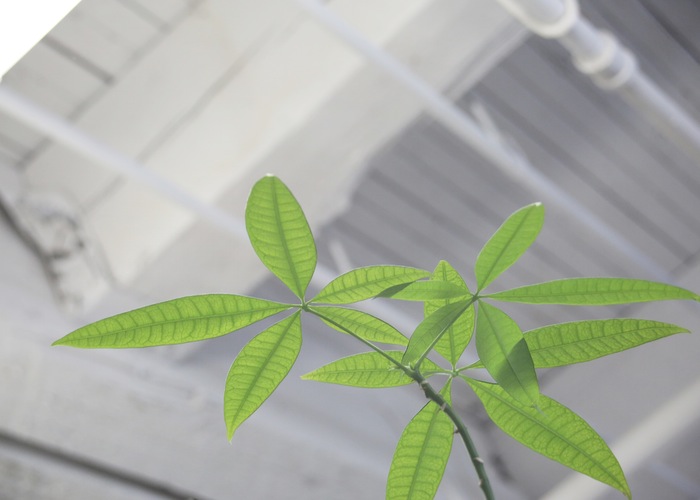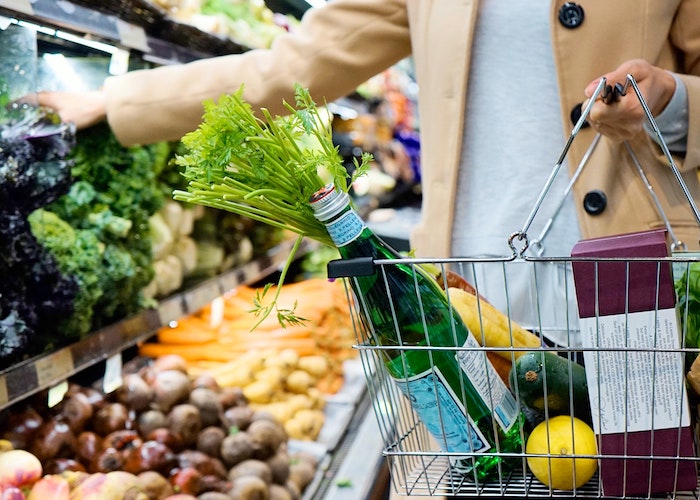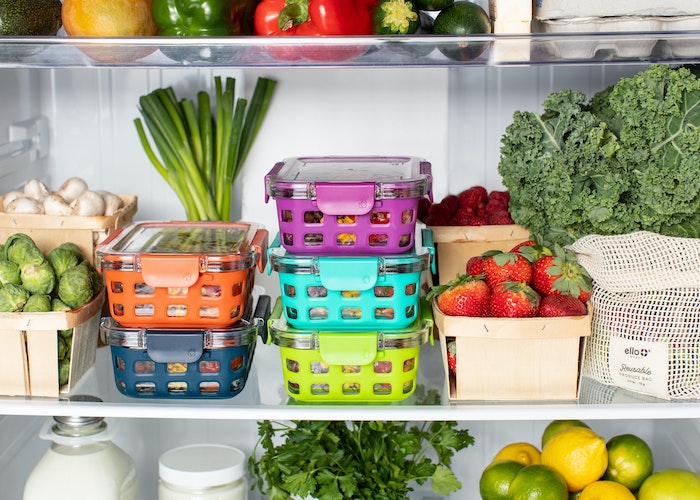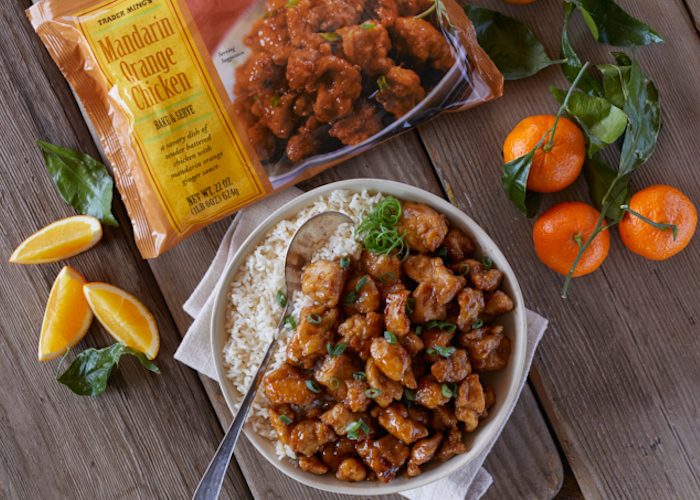10 Innovative Ways To Clean Better, While Protecting Your Wallet And The Planet
I’m a big advocate of green living, especially when it comes to cleaning my home. I hate using strong insecticides or cleaning products. It’s not just their smell, which weirds me out, I’m wary of their manufacturing processes and environmental impacts. When I studied environmental law, I learned that most products are essentially not regulated. Under our federal laws, products that are not food, medicine, cosmetics, or sold as insecticides or fungicides require no testing prior to sale. The only way they get held back is if the government can prove (through a lot of testing) that they present a health risk. Given the government’s dearth of funds and other priorities, this testing rarely happens and the only way we find out that the stuff we’ve been using in our homes is bad for us is if enough people get sick over time. I’d rather not be a guinea pig and use something that I know is safe.
But if you’re living on a very lean budget, you can’t buy Honest Co. products for all your cleaning needs. Luckily, there are effective cleaning products that have been around longer than most living humans so, if they were harmful, we would know about it by now. They are also cheap. Some of them double as food products, and can be bought with food stamps (I have indicated those ones with an asterisk).
1. White vinegar.* I often get mine at CVS with my extrabucks rewards, but it’s available at most grocery stores, and getting the cheapest brand doesn’t make a difference in quality. It wipes mirrors down well (especially if you mix it with water or an essential oil if you don’t like the smell) and it can be used as a basic all-surface.
2. Baking soda.* I love this stuff for shining silver, chrome or stainless steel. Mix it with water to make a paste and use a soft cloth to polish silver, including silver jewelry. Use it on a wet sponge to clean a sticky pan or shine a dirty sink. Put it down a stinky or clogged drain and toss in some white vinegar or hydrogen peroxide (which you can find at all drugstores, and which doubles as an antiseptic for cuts). Wait for it to do the science class volcano thing that loosens up grime, and then flush with boiling water. This won’t cure serious clogs but it will stop a small one or cure a slowly draining drain.
3. Bleach. I hate the smell of this but nothing kills germs or brightens white quite like it. Use it on your white bathroom tile or to clean your toilet boil but DO NOT EVER EVER combine with white vinegar or a product containing ammonia because then it makes a toxic gas, like mustard gas. My rule of thumb is bleach belongs in the bathroom, but, if your kitchen is white and you worry about germs, use it there, but be careful. You can get this anywhere and, depending on the size, it can be less than $5. Generic store brand is fine.
4. Pinesol or Murphy’s Oil Soap. Nothing cleans wood floor like this and some warm water. I like the smell and it works fine on linoleum or tile too. You can get a 128 fl oz jug that will last you a lifetime (you typically dilute it anyway), and it’s available at most grocery stores.
5. Borax/Boric Acid. This is a great all-purpose cleaner. It has detergent-like effects for laundry and dishes but I’ve been using it for pest control. It messes with rodent and roach stomachs and kills them, but is completely safe for humans. Sprinkle some around your baseboards to ward pests off. Or dissolve it in hot water and clean the floors and walls. Be careful if you have pets, as it is harmful to them. If you have pets I recommend getting the liquid boric acid and spraying it into baseboards (assuming your pets don’t gnaw on those).
6. Bon ami. Made of totally biodegradable materials, this is the quintessential all surface cleaner. Sprinkle it on tubs, counter tops etc and then wipe with a wet cloth or sponge. This cuts through tough grime; I’m talking years of caked dust and grease on top of kitchen cabinets. Best of all, it’s 89 cents at Target (before tax).
7. Citrus fruits.* Some people say you can use these to sharpen the blades, and give a fresh scent to a garbage disposal. But garbage disposals are horrible for the environment so I don’t use them. What I have been using is the peels, from the citrus I eat like crazy, to make an all-purpose cleaner. Take the peels (from grapefruit, mandarin, orange, lemon) and fill a jar. Cover with white vinegar, and let it steep for two weeks. After two weeks, put the liquid in a spray bottle and you have a cheap version of Citrusol (the commercial, organic citrus cleanser).
8. Cedar, lemongrass, or lavender essential oil. I noticed tiny holes in my cashmere sweaters, and I couldn’t figure out why. I thought it might be moths. Often you can’t see them, but they eat away at your clothes and they, apparently, love cashmere as much as I do. I hate mothballs — they smell nasty because (surprise, surprise) they are highly toxic. But certain essential oils can be an alternative to moth balls. Unfortunately, not everywhere sells them and they can be expensive, or not 100% essential oil. For bugs, you need the real deal so after hunting around I found some cedar essential oil at Whole Foods Whole Body for $3.50.
9. Rags. I am not a fan of paper towels. For some truly gross spills they are fine, but for cleaning, I prefer rags. When I bleach, stain or otherwise destroy my clothes to the point where they’re not wearable, I cut them up and make rags (underwear is really good for this). The lone sock of a pair is also great because you can put it on your hand like a little cleaning glove and use it to get around corners, or for polishing your silver with that baking soda paste! I have a big bag of them under my sink with my cleaning products.
10. Libman Swiffer-style floor mop. At $18.99, this is the priciest item on this list, but it’s a more eco-friendly version of the Swiffer because you put whatever cleaning solution you want (the homemade citrus cleanser, the pinesol or the dissolved borax) into its little container and then use it like you would a Swiffer Wet Jet. On this contraption, the swiffer pad is a detachable towel that you can wring out, rinse, launder, and re-use.
You can fill your kitchen cabinets with these 10 cleaning alternatives for under $50 total. They are all likely to last you a year, at least, and are likely more environmentally friendly than most people’s go-to cleaning supplies.
Emma is an attorney who moved from NYC to Nashville for law school and decided to stay. She will never again live North of the Mason Dixon line or pay more than 1/3 of her salary in rent. Follow her blog or her Instagram.
Image via Pexels




